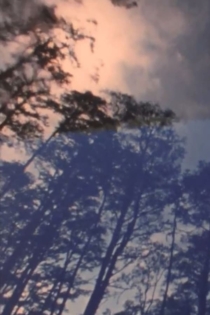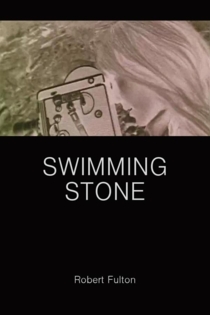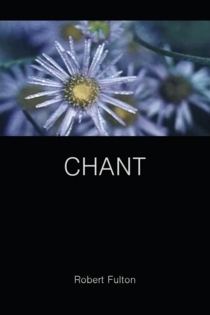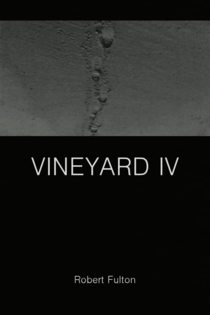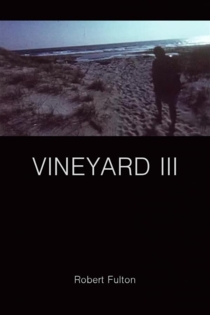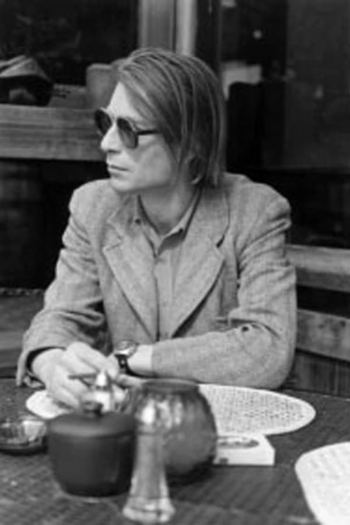
Robert Fulton
1939 - 2002Path of Cessation
Robert Fulton
In PATH OF CESSATION the image that is communicated to us by Fulton is a highly mystifying one. Rather than analyze, or enter into a dialogue with the Tibetan culture that he photographs, Fulton has succumbed to it, and through the process has presented us a work of great surface, as well as formal, beauty.
Path of Cessation
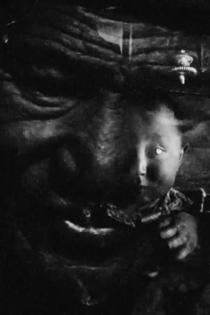
Inca Light
Robert Fulton
An impressionistic film shot in Cuzco, Machu Picchu, and outlying villages of the Andean center of Peru's Inca Empire. Inca Light captures in a fast fluid motion impressions of life today that refer us to the past society that has also dwelled here.
Inca Light

Reality's Invisible
Robert Fulton
Rudolf Arnheim, Stan Brakhage
Fulton made the film during his brief time at Harvard, where he had been invited to teach by Robert Gardner, his friend and collaborator (Fulton would later serve as a cinematographer on Gardner’s 1981 documentary Deep Hearts, among others). Reality’s Invisible could be described as a portrait of the Carpenter Center, yet it is a portrait of an extremely idiosyncratic and distinctive sort. Fulton moves us through the concrete space of the Center’s Le Corbusier-designed building—the only structure by the architect in North America—but, more centrally, presents us footage of students making and discussing their work alongside figures like Gardner, theorist Rudolf Arnheim, artist Stan Vanderbeek, filmmaker Stan Brakhage, and graphic designer Toshi Katayama.
Reality's Invisible

Starlight
Robert Fulton
A Tibetan Lama. His disciple. The disciple's wife, young boy and terrier. An old tugboat crossing the Mississippi River. A man in his seventh month of solitude. His hermitage built by his own hands. The man's bloodhound; his cat. Clouds crossing the Continental Divide. A mountain stream. A girl. The sun.
Starlight
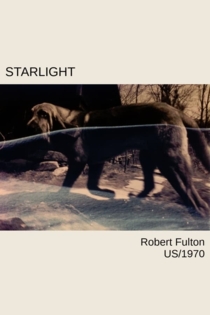
Paris Birth Film
Robert Fulton
"Like STREET FILM PART ZERO, PARIS BIRTH manifests with the employment of four projectors running simultaneously with image overlap. The film opens with one projector showing the film-maker's wife walking down a Paris Street. Short bursts of film, flash frames, jumps, and the gentle flow of motion and subtle color highlights the scene. When the other projectors are switched on, shown are isolated events leading up to the birth of a child. The mystical beauty of the film cannot be ignored and the pacing of the four images afford a kind of universal intimacy into the human condition of constant flux. Ordinary events, such as walking down streets, pouring coffee, talking on the telephone become extraordinary on the level of recognition of the regenerative process going on inside and outside the viewer."—Susan Headley
Paris Birth Film

Nzuri: East Africa
Roger C. Brown, Robert Fulton
Filmed in Kenya, Tanzania, and Uganda. Beginning with Genesis, the film follows the progress of civilization through to modern day Nairobi. Biblical themes combine with pulsating African music, wild animal sounds, and vivid imagery. Unusual juxtapositions of Bob Fulton's quick cuts and Brown's big lens shots of mega fauna and tribal dances mesmerize viewers.
Nzuri: East Africa
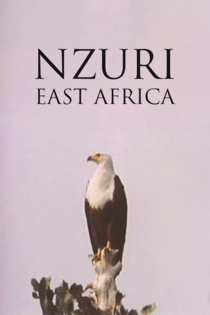
Wilderness: A Country in the Mind
Robert Fulton
Сигурни Уивер
Nature is our common impressional and biological ancestor. Its history is now, an open book of essences which we have largely, through the intervention of the industrial state, forgotten how to read. This film is a return to immanence, a restorative immersion, and does what film is best at: inducing a mood of informative ecstasy.
Wilderness: A Country in the Mind
